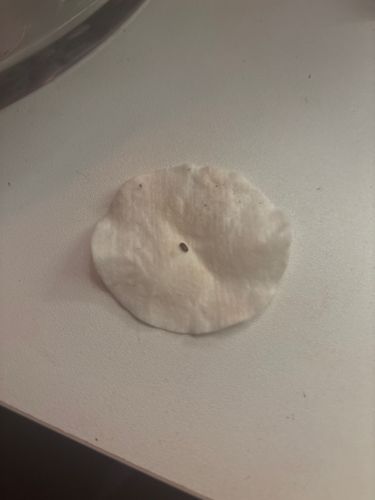Drugstore Beetle, Bread Beetle, Biscuit Beetle
Scientific Name: Stegobium paniceum
Order & Family: Order: Coleoptera, Family: Ptinidae (formerly Anobiidae)
Size: Typically 2.25 mm to 3.5 mm (0.09 to 0.14 inches) in length.

Natural Habitat
Drugstore beetles are commonly found in human dwellings, kitchens, pantries, food processing plants, pharmacies, and warehouses where stored products are kept. They thrive in warm, humid environments.
Diet & Feeding
The drugstore beetle is a generalist feeder with an incredibly varied diet. It is known to infest a wide range of stored products including grains, cereals, baked goods, spices, dried fruits, flour, pet food, and even non-food items like pills, books, leather, and even some types of wood.
Behavior Patterns
Adult drugstore beetles are nocturnal and are attracted to light, which is often how they are found. The larvae bore into food and other materials, creating tunnels. They are generally slow-moving. Their life cycle from egg to adult can take from 30 to over 200 days, depending on temperature and food availability. Adults are capable of flight.
Risks & Benefits
Risks: Drugstore beetles are a common pantry pest and can cause significant damage to stored food products, leading to contamination and economic losses. They do not bite or transmit diseases to humans. Benefits: None known for humans; they are primarily considered a pest.
Identified on: 8/18/2025